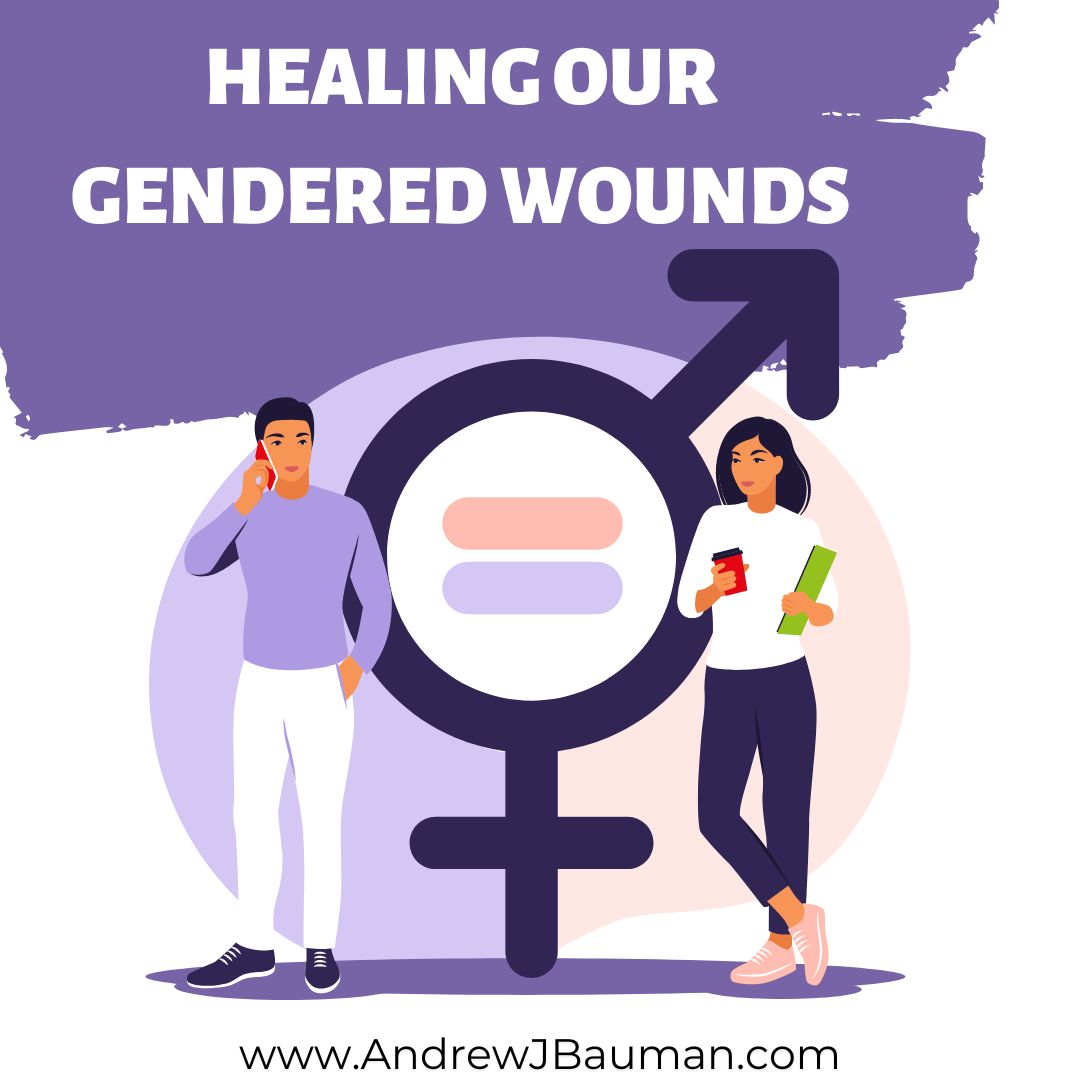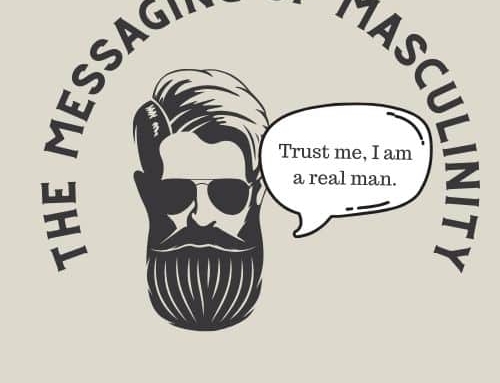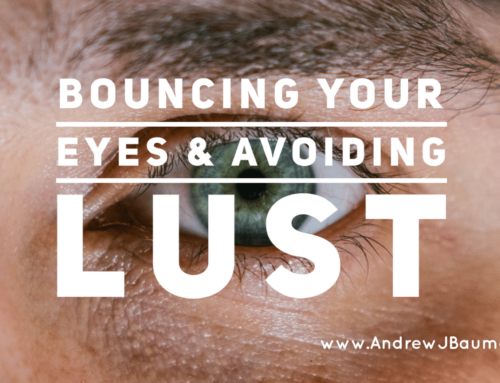It is vital, especially in the historical segregation of genders within Christian communities, to address and heal our gendered wounds, full-faced and fully storied. I will unpack what I mean by that.
Growing up in the bible-belt at the height of the purity culture of the 90s, I was taught that women/girls were dangerous. Their bodies and what they wore could make me fall into sin. Thus, out of favor with God, these “harlots” needed to be held at arm’s length, keeping plenty of room for the Holy Spirit so that I could continue my God-given place of leadership (even though I was a scared, unhealed little boy becoming a man; thus I was set apart in God’s eyes.) The truth was that I was narcissistic, and the way I viewed God and God’s plan for me fit into my narcissistic mindset that I was “special,” and the women in my life needed to serve me and my vision.
This type of environment had a traumatic impact on the boys and girls that grew up within it. Women raised with this worldview have had to wrestle with a deep sense of shame around their bodies, their sexuality, and their sexual desires. Their bodies are often viewed as the enemy rather than as their friend. Frequently, women report struggling with anxiety, depression, and sexual dysfunction because of what they were taught about themselves and their sexuality. The trauma inflicted is multifaceted and layered, so core to identity that it is what makes it a challenge to heal the complex trauma that was inflicted at such a formative moment of development.
Men within this evangelical purity/pornification culture were often taught to view women as objects, responsible for their impure thought lives. This mindset has led to inequity within power dynamics in relationships between men and women and a skewed understanding of sexuality and spirituality (spirituality and sexuality are forever conjoined). Additionally, men may experience guilt and shame around their sexual longings, struggling to make sense of natural feelings and arousal because of the twisted teachings of the purity culture movement. Both genders suffered immense harm because of the strict gender roles that were expected. “Real men” were expected to be dominant, decisive, and the boss in relationships. Women were to serve as his “helpmate” and support staff. This dynamic can kill our hearts and continue the abuse cycles of power and control.
Foundational Views of Women
From early on, my views of femininity were quite skewed. Women were less than. No one would have said that out loud, but growing up in my evangelical utopia deep in the South, we all knew it was true. The church taught me that women existed to tend to the household, raise the kids, cook my meals, and clean up after me. My wife was to be a virtuous Proverbs 31 virgin but also satisfy all of my sexual cravings.
American patriarchal/porn culture taught me that women were sex symbols, subjects for my lust, and objects to be exploited, not people to be honored and valued. What I learned from the Church wasn’t much different than in the world; it just looked more respectable from the outside. Sexism was just as present, objectification just as potent, and the subjugation of women was worse because it was cloaked in “Godliness.” The Bible was used as a weapon to shoot down any who dared to confront the status quo. “God” ordained women to be our servants, body and soul. No one would dare to question “God”. This social structure “served us” men, so why would we want to change it? (Side note: This system does not actually serve us men well; it merely bolsters entitlement and a bloated sense of self. This setup for men helps them underperform and stay emotionally adolescent.)
Women were needed, but more as a necessary function than an equal. They served a vital role in loneliness prevention and sexual release. There was no mention of or potential for genuine intimacy or connection; I didn’t even know that was a thing. If you wanted sex, companionship, to medicate feelings, and to avoid childhood trauma, women were the answer and the solution. So, with this being the foundation of my upbringing in the evangelical church, it created some significant discrepancies when I began to grow up and attempted to have healthier relationships. This setup made a deep disconnect in how I engaged women, and it’s embarrassing to admit, but not until my 20s and when I met and started dating Christy (my wife) was I forced to start addressing these wounds and unhealthy power dynamics and repairing my skewed view of women.
What is a Gendered Wound?
We all have what I call “gendered wounds.” These are emotional injuries specific to the opposite gender, deep in our stories, and now held within our bodies. These can come from dad’s toxic view of women, mom’s unhealthy relationship with you, friends, siblings, and/or other family members. Romantic partners can also inflict these wounds, but depending on the trauma that is inflicted, a particular “gendered wound” takes root. For example, growing up, I longed for my mother’s healthy touch; I needed comfort. My parent’s marriage crumbled due to my father’s infidelity and abuse; I was left alone to make sense of the senseless. My mother was dealing with the whiplash of my father’s betrayal and went numb to try to survive my father’s abuse and neglect. She could not hold or comfort me in the ways I needed to be comforted. My wound from her is very different from my wound from my father. My mother was the present one, the more healthy and attuned one. My father’s wound is relatively easy to name; that is low-hanging fruit; my father was absent, did not have integrity, lied, and cared more about his well-being than the survival of his family. But my mother was always the hero in my story, and naming how her pain leaked onto and into me was a much more difficult task but no less critical. In lacking my mother’s care and touch, I found porn to comfort me, something that could soothe my anxious heart and give me a taste of what I longed for from my mother, and this is an example of an “erotized wound,” what many people do in an attempt to soothe unresolved pain is through sexualization and objectification. That understanding does not excuse the abuse that I perpetrated while using porn and exploiting women but does help provide a context of the “why” and root cause of my objectification. If we can heal the core wound, we can stop using women in an attempt to recover from the pain that we alone are responsible for healing.
Healing and Moving Forward
Here are a few practical steps toward addressing gendered wounds,
1. Face the Pain; Face the Fear: We must move toward what we fear most; where unresolved pain can lie is where addiction and pathology take root. We face it by engaging our own stories (narrative-based therapy) and bringing the fullness of our bodies (somatic bodywork) into those stories that have power over us. We have our level 2 Co-ed groups where we practice this in real-time. Courageous men and women turn and face each other (literally through intimacy exercises and embodiment practices where participants are 6 inches from each other’s face, staring into each other’s eyes, addressing their darkest shadows); they work out their pain with each other’s help, knowing that what is damaged in relationship is healed within relationship where safety is paramount. If you want to change, you must work to become a different person and heal the wounds that may be unconsciously guiding you from the shadows.
So what does this look like, practically speaking? Let’s look at Maddy’s life. She had grown up with an abusive father and a passive and agreeable mother (agreeability and passivity can be an effective defense mechanism that can help women survive an abusive marriage, but because living in “survival mode” is not healthy nor helpful, it can be pretty damaging to a women’s quality of life – and to her children if she is a mother.) Maddy escaped her family of origin and found safety and comfort in the church as an adolescent. She fell in “love” with Jesus and became very nice and committed to the service of others. Her abusive father became part of her testimony and the mission of her life to be a good testimony and help save. She never dealt with her trauma and merely used spirituality as a way to bypass her pain rather than use it to help her fully face her pain, this is common way of being is called “spiritual bypassing” and is common practice among Christians. Years into her marriage and motherhood, these unaddressed wounds eventually caught up to Maddy, and her life became unmanageable. She still loved Jesus, but the rose-colored glasses had come off, as praying more and offering being sexually more available to her husband didn’t make her husband a kinder man. She was exhausted from motherhood and a failing marriage, knowing something had to change. Maddy decided to enter therapy and address all the pain that she had ignored for so long. She saw how she had reenacted the trauma in her relationship with her husband and decided to make a chance. She put up firmer boundaries and no longer believed the lie that sacrificing her own body would “fix” her husband’s issues. She prioritized her well-being and focused on being the best person she could be. One of her firm boundaries was for her husband to get specialized help to heal his own wounds and finally begin to do his healing work independently of Maddy. This was the beginning of a new life and a new marriage. Though it would take years to create something new, she now loved herself, her family, her life, and her God with her eyes wide open, with more profound integrity and a robust and authentic spiritual life than she had ever imagined.
2. Change the Conversation: The conversation around sexuality and gender in the Christian community has historically been so twisted, elementary, and through the lens of pornified minds. These conversations have usually been led by men who haven’t done the deep healing of their sexual brokenness and are still operating out of a pornified style of relating. Sheila Gregoire and the Bare Marriage team are doing phenomenal work in this arena, and you must follow their work if you haven’t already. Jay Stringer and Micheal Cusick are Christian therapists and authors I also recommend.
3. Theological Reclaiming: It’s time to reclaim theological understandings and teachings from unhealthy distortions and what has become the toxic norm. Some of these concepts have been weaponized, such as issues of submission, headship, authority, grace and forgiveness, modesty and purity, marriage, and divorce, to name a few. As author Kevin Garcia says, “Bad theology kills.” And I would add bad theology mainly kills women, given they are not often in places of power within Christian communities. I address these dynamics and toxic teaching in depth in my new book, Safe Church: How to Guard Against Sexism & Abuse in Christian Communities. We need to continue to develop a robust theological understanding based on equity and justice, with the heart and goodness of Jesus at the center of this effort.
In conclusion, unaddressed gender wounds run rampant within the evangelical community. Our responsibility is to reclaim our mental, emotional, and spiritual health by confronting these divides, unlearning harmful teachings, and relearning how to live in ways that free us from fear around sexuality. We no longer need to be terrified of our sexuality or that of others. Instead, as we confront our suffering, our understanding of sexuality and integrity deepens, and we become more liberated. When we each take responsibility for our healing, we unlock the potential to reshape Christian communities into kinder, more courageous, and more equitable spaces. We not only have the power to change the conversation but also to lead the cultural narrative around healthy sexuality and relationships between males and females.






